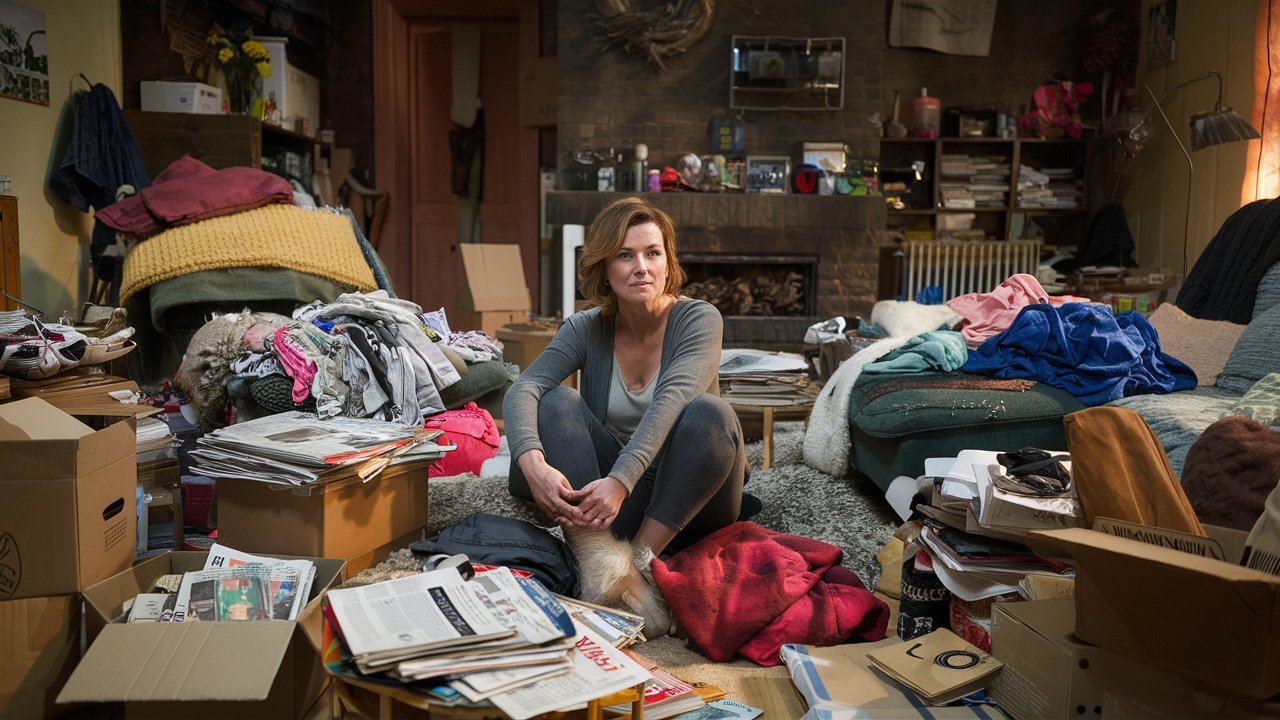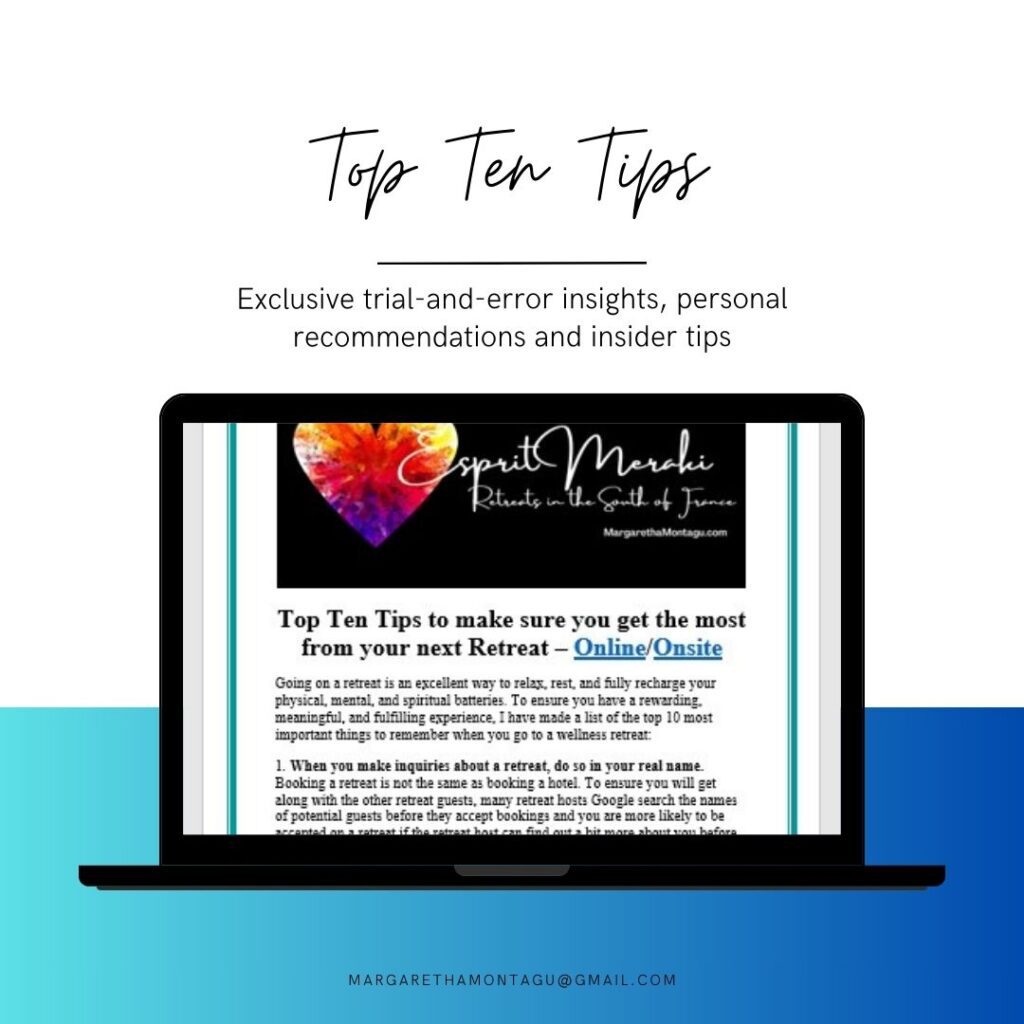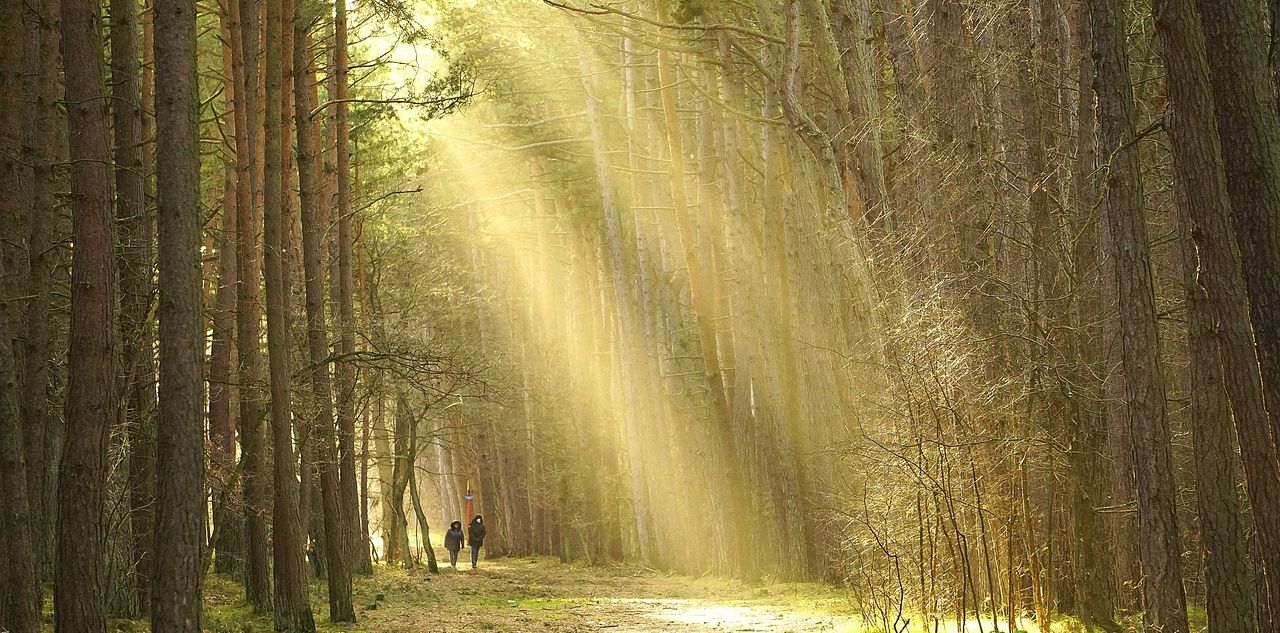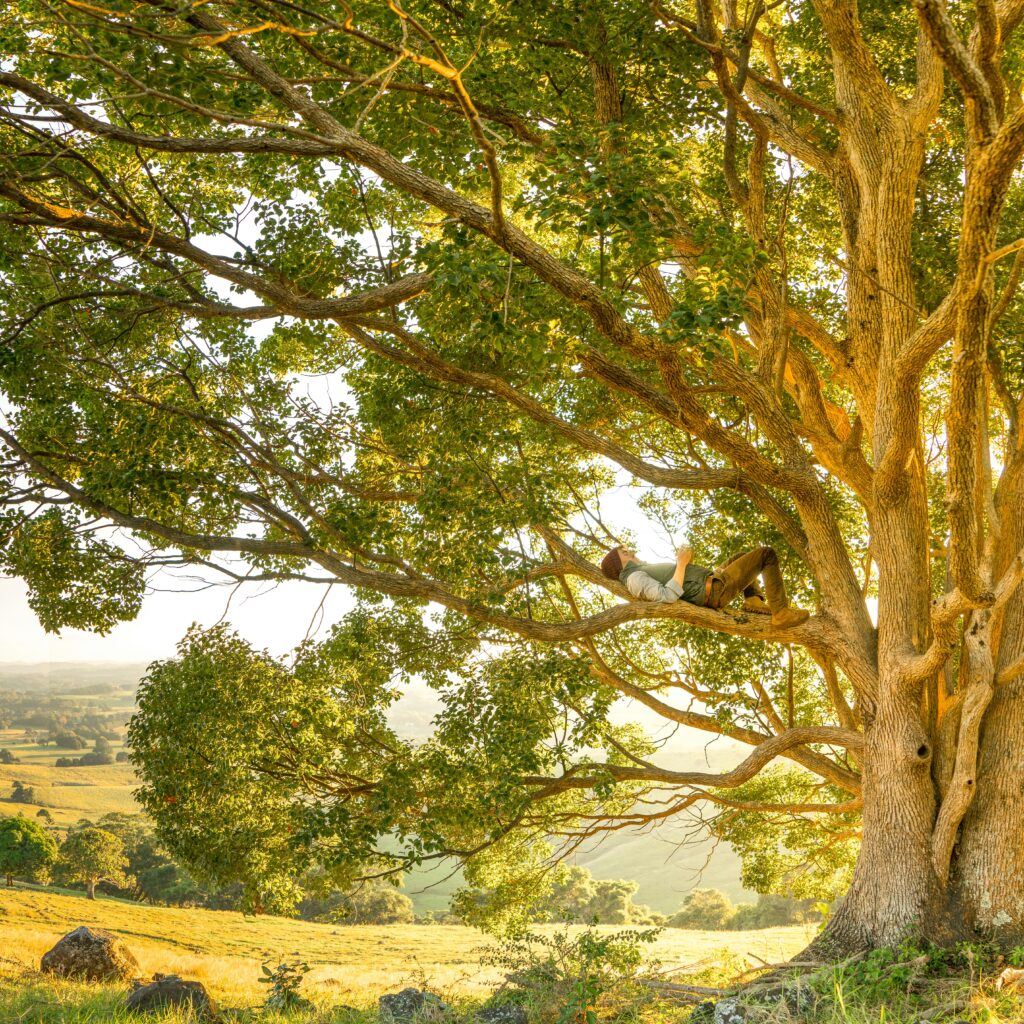.
Every Tuesday evening, my Manifest Your Next Chapter retreat guests and I go to a local bistro to support the still-flagging local economy, post-Covid. Most of the options on the menu include duck, in some form or another, but the most popular choice invariably is a HAMBURGER, done à point.
I have often heard, “How do I order a Hamburger in France?”
Really? A hamburger?
You may be surprised to hear that the humble hamburger is so popular in Gascony – a region renowned for its stunning Atlantic coastline, charming villages, and delectable Cuisine Gascon – but this part of France has always been a melting pot of culinary influences. The region has always embraced a variety of flavours and ingredients. The hamburger, adaptable and versatile, fits perfectly into this environment.
In recent years, there has been a global trend towards gourmet burgers, and culinary innovative Gascony is no exception. High-quality ingredients, artisanal buns, and creative toppings have elevated the humble hamburger to gourmet status. Local chefs have embraced this trend, offering gourmet burgers that appeal to both locals and visitors. These burgers often feature regional specialities such as truffle mayonnaise, caramelized onions, and even foie gras.
Our brilliant chefs have even invented a Burger Gascon, which consists of a magret de canard with a slab of foie gras on top smothered in a sweet fig sauce (confit de figue.)
So how do I advise my guests to order a hamburger here in southwest France?
Firstly, I explain they need to drop the “H,” and ask for a AMBURGER. It usually comes with frites (fries) but you may want to make sure, and add “avec frites.” Next, you will be asked how you want the meat done. Do not make the mistake of thinking that all hamburger patties will, by definition, be well-cooked. No so. Unless you specifically specify “bien cuit”, or even “très bien cuit, s’il vous plait”, you end up with a nearly raw, definitely bleeding hamburger, done “saignant.” Opt for “à point,” if you want something in between.
Next, you choose ze cheese and ze sauce. A slice of local cheese is always a good choice, or maybe a mushroom sauce. Cèpes ? Yes, great, get yourself some of our favourite mushrooms in your sauce. Raw egg? Uhm, no, rather not. Their very best made-fresh-today mayonnaise? Bon d’accord, you might well want to try that.
The good news is that many of the younger generation speak quite a bit of English these days, so as long as you keep your questions simple and speak slowly, how to order a hamburger in France should be fairly straightforward. Or you can use an app to translate the menu for you, and even to communicate directly with your friendly – this is the Gascony, not Paris, we mostly welcome tourists here – rugby-playing waiter.
One thing that hasn’t changed though, is the fact that Gascons tend to shun soft drinks, and prefer, in addition to the tap water/eau plate already on the table, a bottle of wine, a Cotes de Gascogne – a dry, white or a fruity rosé or even a feisty Madiran. The easiest is to opt for a “quart” (250ml) or a “demi” (500ml) carafe of vin de table/du pays.
When you’re ready to leave, ask for the bill by saying, “L’addition, s’il vous plaît.” You may pay at the table or be shown your table number and be directed towards the counter. Tipping is not obligatory in France, but it is appreciated. Leaving a few euros or rounding up the bill is a much appreciated gesture. At our local bistros, prices vary from 11-15 euros, including toppings and frites. Adding foie gras will double the price. Most of our local bistros make their own patties with high-quality mince meat, bought from local farmers, that tastes quite different from those of the fast-food outlets. Most restaurants around here now specify exactly where they buy their meat.
The dining culture in Gascony is laid-back and casual, especially during the long, warm summers. Hamburgers blend seamlessly with the region’s rich culinary traditions and vibrant lifestyle. Whether it’s the influence of tourism, the allure of gourmet ingredients, or the casual dining culture, burgers have become a beloved part of the southwest of France’s food scene. So, next time you find yourself in this picturesque region, don’t be surprised to find a delicious, locally-inspired hamburger on the menu. Now you know how to order a hamburger in France, so all that’s left is to wish you Bon appétit!
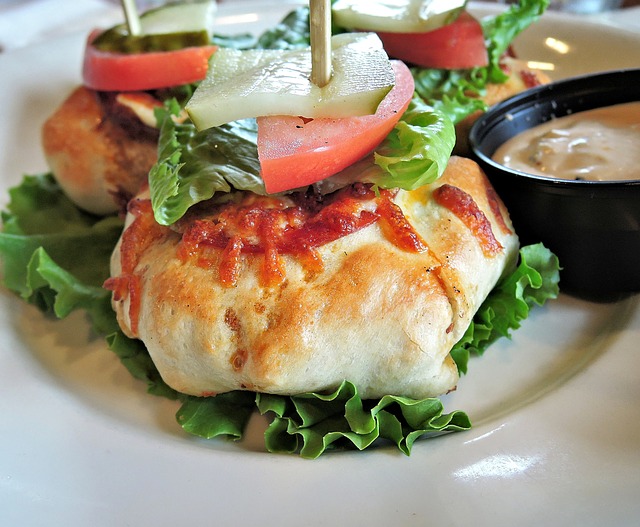



In addition to the Manifest A New Life Chapter retreats that I host at my little French farm near Bordeaux, I have also created a couple of Complementary online Courses. One is about Determining your Life purpose as you start your Next Chapter, another about Avoiding Burnout as you go through a Major Life Challenge and yet another about Coping with Life Changes by Journaling – each course is available with or without one-to-one coaching. To receive advance warning of last-minute and early-bird specials on all of the above, I invite you to subscribe to my Savoir Vivre Newsletter which gives immediate access to my free Manifest a Stress-free Life e-course.




